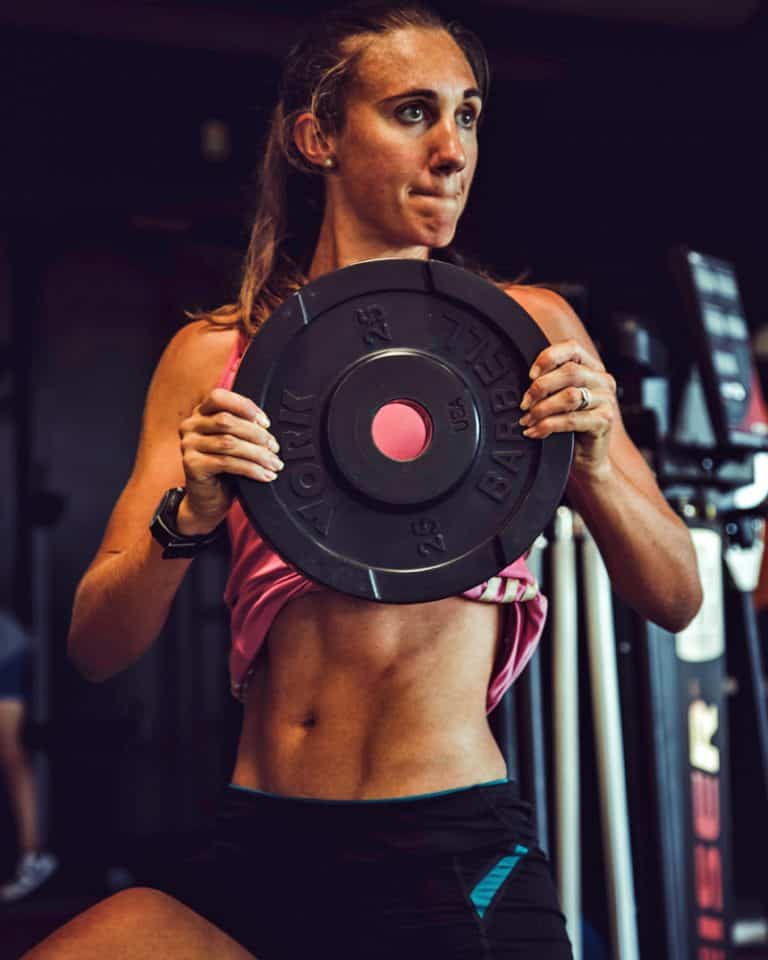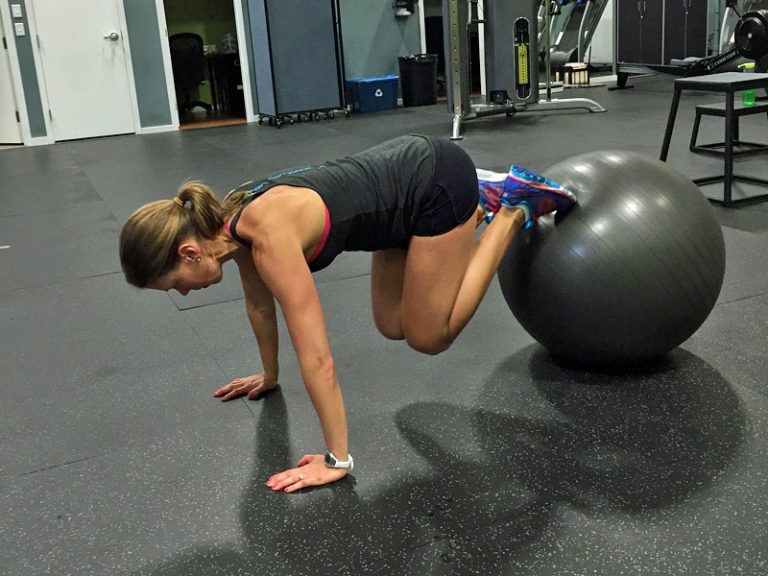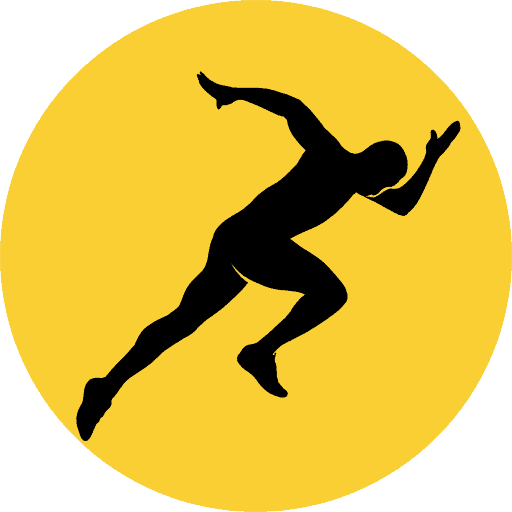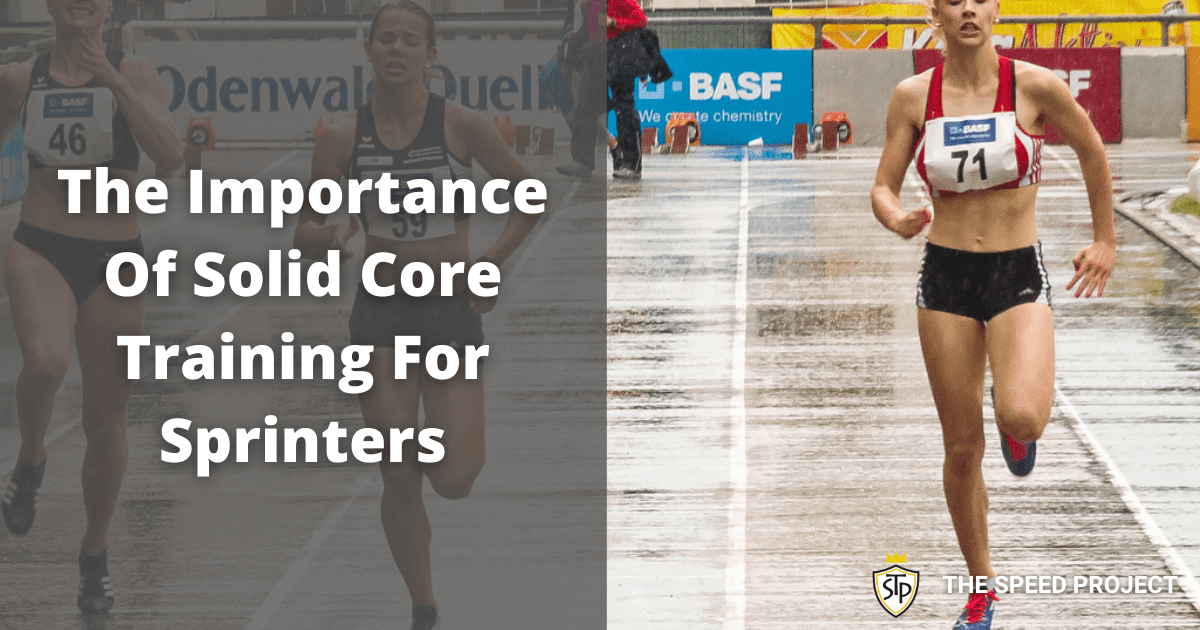Elite level sprinters are built like machines; powerful legs, strong arms and a solid core. An easy way to distinguish your core is to simply remove your legs, arms and heads from the picture. What is leftover can be referred to as your core.
To sprint efficiently, an athlete needs to make sure that the arms and legs work in sync. All the required muscles operate to support functionality. Training the core is necessary for all these things to come together.
The correct type of core training will greatly aid sprinters:
- Sprint technique
- Power
- Strength
- Mobility
- Stability
Structure Of The Abdomen
The abdominal wall is composed of three different layers:
- Deep Layer
- Middle layer
- Outer layer
In the centre of the abdomen, you will find the rectus abdominis muscle. Laterally on both sides of the trunk are three different muscles that are layered one after the after.
The first is the external obliques, followed by the internal obliques and then the transversus abdominis muscle.
The deep layer of muscle within the abdominals consists of smaller sense muscles. These muscles are responsible for controlling accessory movements of the spine.
This is highly important, as although the spine does not appear to be in motion whilst sprinting, these sense muscles are actually hard at work.
Abdomen Functionality While Sprinting
Sprinters need to flex and extend powerfully at the hip during each stride to generate speed. During this action, the sense muscles will control the movements of the spine. This will prevent excess displacement which would otherwise lead to injury.
The middle layer muscles (transverse abdominis and internal obliques) provide a foundation for the arms and legs to function optimally.
This means a well-developed core can help improve stride length and flight time during maximum velocity sprinting.
The outer layer muscles aid in the integration of various body segments. They contribute to the ability to maintain an optimal working relationship between the joints and intermuscular coordination.
Core Function In Sprinting
The main role of the core whilst sprinting is to transfer force from the lower extremities upon ground contact to your centre of mass. This force is what gives off a “bouncing effect” or feeling of flight during maximum velocity sprinting.
During ground contact, the hip flexors are activated and a pulling force is created which allows you to bring the rear leg forward rapidly.
With each stride cycle, the core needs to be able to withstand the force created. If you have a weak core then this force will likely result in lumbar curvature and an excessive pelvic tilt.
The trunk acts as an anchor point from which the limbs (arms and legs) can exert force. If the core is weak then you will not be able to generate a large ground reaction force.
You’ll end up wasting energy through compensatory movements. Leading to an increased rate of deceleration.
The Importance Of Core Training For Sprinters
”Core work is a vital component for becoming a competent sprinter.”
Training the core is an important element in strength training when the required outcome is increased speed.
Athletes who have strong cores can react quicker, have more control over their centre of gravity, and generate more power out of the blocks.

“I think that specific, focused core training is a must for sprinters.”
Of course, sprinting itself, as well as other strength exercises, will contribute to core development. Even so, you still need to spend time training the core as a primary focus. This will ensure rigidity and stabilise your running.
If you have doubts about the direct transfer of core training to sprinting ability you only need look at what the elite level sprinters are doing. A quick look at their training regimes and you will see that they incorporate core training into their sessions.
Elite American sprinter Tyson Gay has said that he values core training greatly and is vital to his race preparation. Gay says having a strong core is important not only to get a good start and have a strong finish but also to hold everything together.
“A strong core makes a strong athlete.” – Tyson Gay
Every sprinter should include some form of core routine that hits all areas. To achieve this you should maximise upper, lower and rotational core exercises. This will help create a more developed core and decrease the chances of overtraining.
How Should Sprinters Train Their Core
Training the core should never be about solely working on your abdominals. This is a mistake that I have found many athletes make. Having visible abs may look good, but does not necessarily mean that you have a strong core or make you a better sprinter.
The aim of core training should be to improve the ability of the muscles to transmit and handle high forces safely. For this to happen, it is important that you train all the muscles involved from all angles.
One of the things that make core workouts so great is the fact that there is an endless amount of exercises and combinations for you to choose from.

The workout need not be long and tiresome. Hitting different angles means you could potentially perform exercises during every session without suffering fatigue.
In fact, it’s common for our sprinters to complete 3-6 core exercises (in the form of a circuit) after the main bulk of their session is complete.
There’s room for flexibility! Core exercises can go anywhere within your training session and can even be used as part of a warm-up to prepare the muscles for further engagement.
Use the exercises below to boost your core strength and improve your performance on the track!
Best Core Strengthening Exercises For Sprinters
Flexion Stabilisation Exercises
- Plank
- Side Plank
- Side plank with leg raised
- 1 leg plank
- 1 arm plank
- 1 arm 1 leg plank
- Press-up plank with rotation
Flexion Strength And Power Exercises
- V sits
- Hanging leg raise
- Lower abdominal with knees bent
- Lower abdominal with straight legs
- Medball v sits
Rotational Strength And Power Exercises
- Medball reverse chop
- Medball seated rotation
- Medball explosive reverse chops
- Medball explosive chops
- Medball wall rebound rotations
- Barbell Russian twists
Extension Stability And Strength Exercises
- Back hyperextensions
- Back hyperextensions Raised Arms and Legs
- Back extensions
- Weighted back extensions
Glute Activation And Strength Exercises
- Reverse hyperextensions
- Single leg hip extensions
- Medball reverse hyperextensions
- Bodyweight single-leg Romanian deadlift
- Medball single-leg Romanian deadlift

